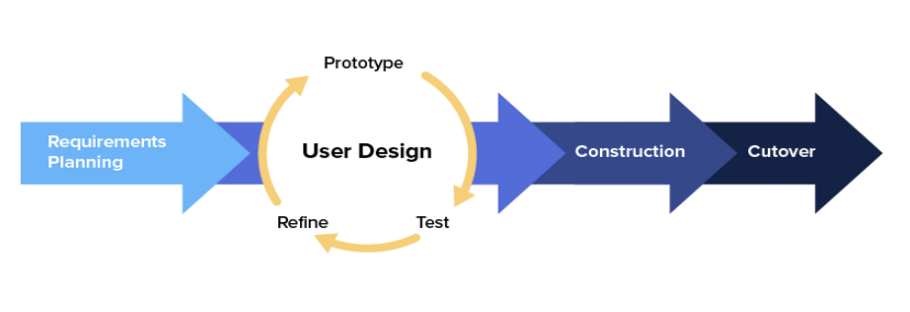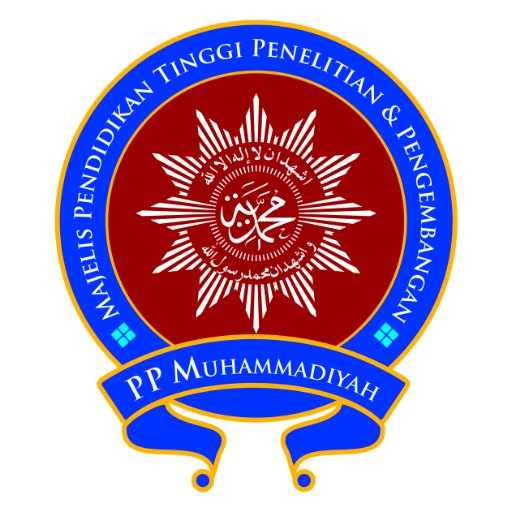SISENSI: QR Code-based Academic Attendace System
DOI:
https://doi.org/10.53017/uje.141Keywords:
Online Presence, Moodle, QR CodeAbstract
Presence is something that cannot be separated from the learning process, it becomes motivation and discipline information for every activity in it. This study aims to develop a QR Code-based academic attendance application that can be used by Informatics Engineering Education students. The research method used is R&D (Research and Development) using the RAD (Rapid application development) development model. Application development made using Kodular and Moodle. This application contains a QR Code scan menu as the main focus in this media as well as other supporting menus in the form of virtual tours, news, timetables, and UMS stars. In the process of developing this application, several tests were carried out, namely functionality testing using blackbox, usability testing using the SUS (system usability scale) instrument, reliability testing and application compatibility testing using the firebase test lab. used based on the validation carried out by experts as many as three experts from Informatics Engineering Education lecturers and trials given to users as many as thirty-five students from the Informatics Engineering Education study program, it can be said that the application is suitable for use by Informatics Engineering Education students.
Downloads
References
D. C. Y. Putri, “Perkuliahan Daring di Masa Pandemi Covid-19,” J. PTK dan Pendidik, vol. 6, no. 2, doi: 10.18592/ptk.v6i2.4151.
K. Sara, F. L. Witi, and A. Mude, “Implementasi E-Learning Berbasis Moodle di Masa Pandemi Covid 19,” J. Adm. Educ. Manag, vol. 3, no. 2, pp. 181–189, doi: 10.31539/alignment.v3i2.1813.
H. Rohman, U. Darussalam, and N. D. Natashia, “Sistem Presensi Fingerprint Berbasis Smartphone Android,” J I M P - J. Inform. Merdeka Pasuruan, vol. 5, no. 1, pp. 1–5, doi: 10.37438/jimp.v5i1.241.
N. L. Khoiriyah, F. Marisa, and I. D. Wijaya, “Rancang Bangun Sistem Presensi Online Berbasis Granted Validitas Data,” J I M P - J. Inform. Merdeka Pasuruan, vol. 3, no. 1, pp. 53–61, doi: 10.37438/jimp.v3i1.89.
A. Chomklin, L. N. Nongkhai, and P. Padungpattanadis, “Class Attendance Recording using QR Code via Smartphone,” Proc, pp. 173–178, doi: 10.1109/INCIT.2019.8912099.
N. Hermanto, W. M. B. Nurfaizah, and Sarmini, “Implementation of QR code and imei on android and web-based student presence systems,” Proc, pp. 276–280, doi: 10.1109/ICITISEE.2018.8721009.
A. Manori, N. Devnath, N. Pasi, and V. Kumar, “QR Code Based Smart Attendance System,” Int. J. Smart Bus. Technol, vol. 5, no. 1, pp. 1–10, doi: 10.21742/ijsbt.2017.5.1.01.
Juardi, “Presensi dan Reminder menggunakan QR Code (Studi Kasus?: SMA XXX,” Systematics, vol. 1, no. 1, p. 33, doi: 10.35706/sys.v1i1.2011.
H. P. Pangestu and R. Somya, Perancangan Aplikasi Absensi Pegawai Berbasis Web menggunakan Bootstrap dan Library MPDF pada Framework CodeIgniter, no. 672013189. Studi Kasus: PT. Pura Barutama Unit Offset),”.
M. A. Satrio and L. A. Abdillah, “Aplikasi Presensi Mahasiswa dengan Menggunakan QR Code Berbasis Android pada Universitas Bina Darma.” pp. 7–12, doi: 10.31227/osf.io/nmhrx.
A. Pulungan and A. Saleh, “Perancangan Aplikasi Absensi Menggunakan QR Code Berbasis Android,” J. Mhs. Fak. Tek. dan Ilmu Komput, vol. 1, no. 1, pp. 1063–1074,.
M. P. Puteri and H. Effendi, “Implementasi Metode RAD Pada Website Service Guide ‘Tour Waterfall South Sumatera,’” J, vol. 7, no. 2, pp. 130–136, doi: 10.32736/sisfokom.v7i2.570.
Z. Sharfina and H. B. Santoso, “An Indonesian adaptation of the System Usability Scale (SUS,” Conf. Adv. Comput. Sci. Inf. Syst. ICACSIS, pp. 145–148, doi: 10.1109/ICACSIS.2016.7872776.

Downloads
Published
How to Cite
Issue
Section
License
Copyright (c) 2022 Arif Setiawan, Dwi Nur Fitria Agustin Rahayu

This work is licensed under a Creative Commons Attribution-NonCommercial 4.0 International License.





